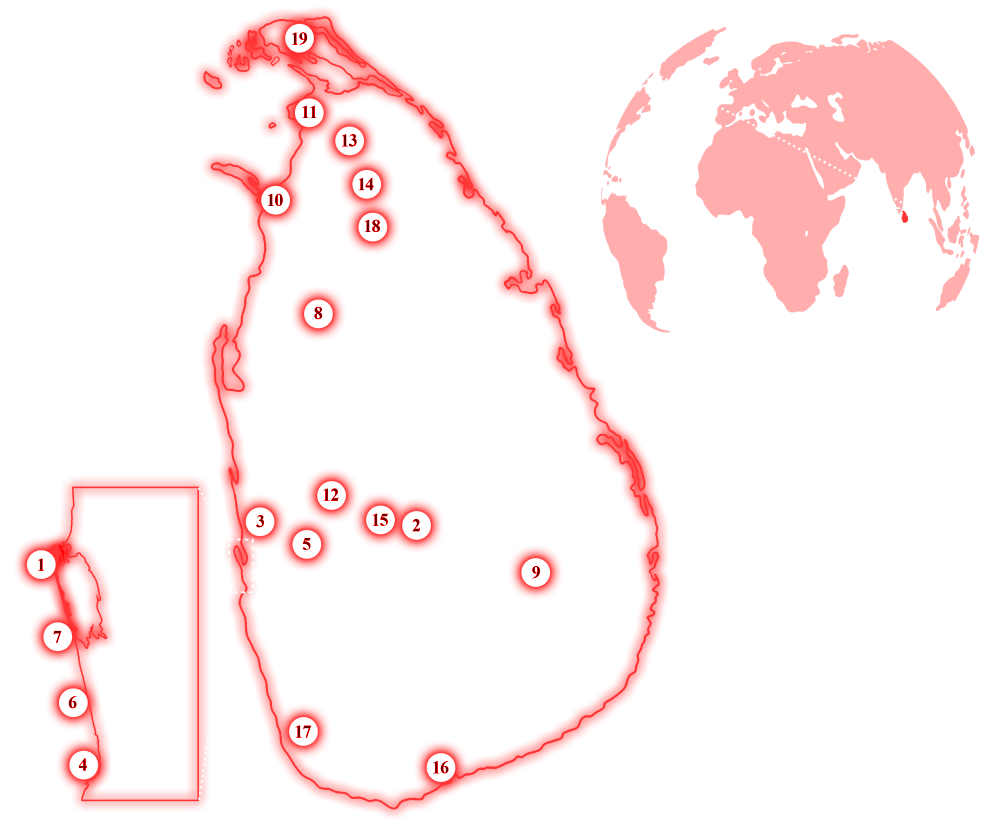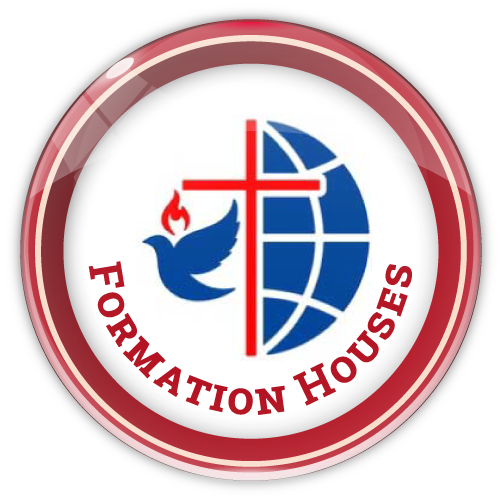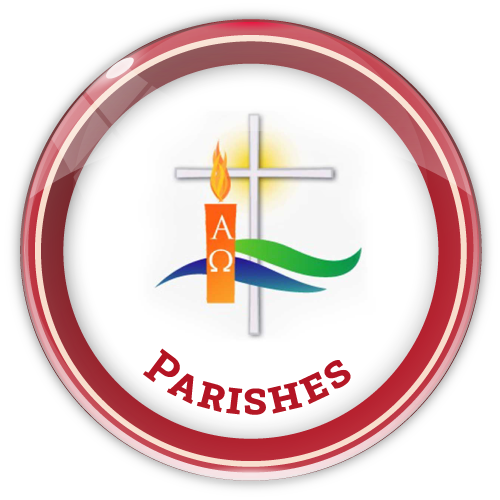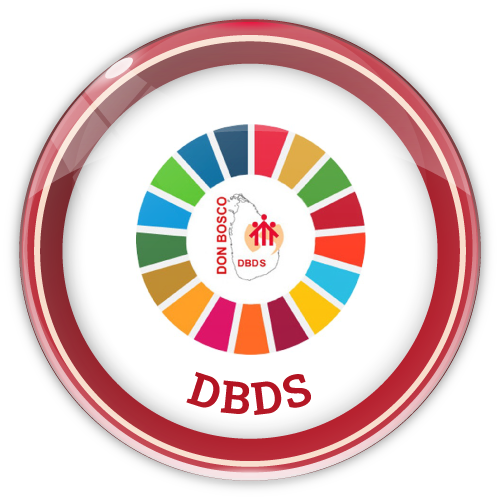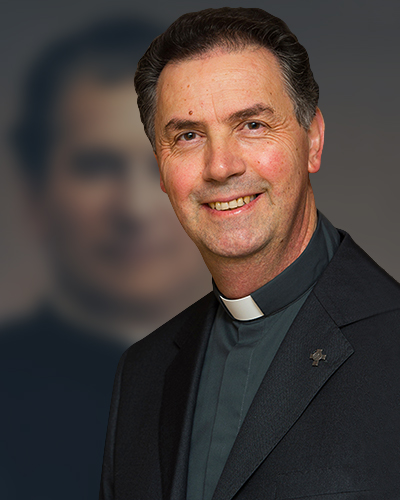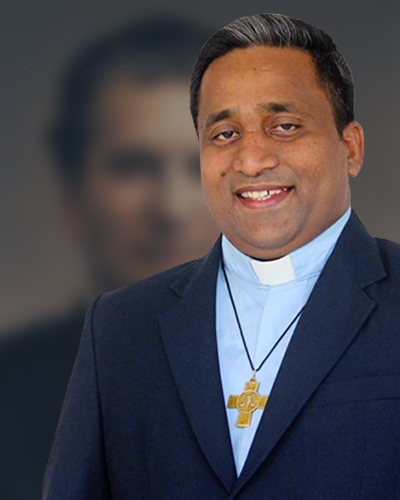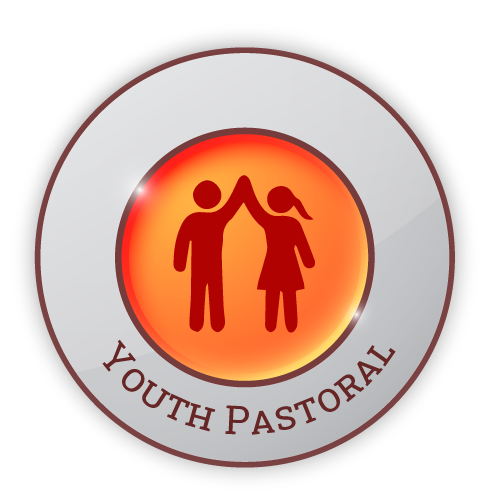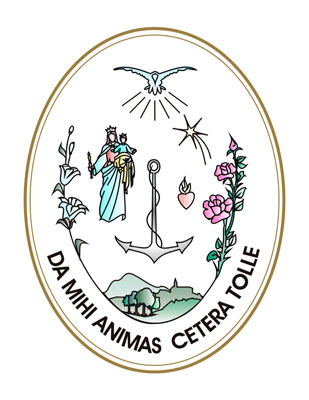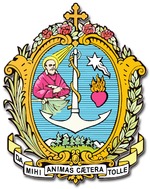Salesian Preventive System is the educative method developed by the Salesians. upon the pedagogical experience of Saint John Bosco with poor youngsters in 19th century Turin. It is based on three pillars: reason, religion and loving-kindness. Even if Don Bosco appears as the main representative of this method of education and formation of the young, other characters have contributed to its previous development like Philip Neri and Francis de Sales.
The history of the Salesian Preventive System can be traced in the life and apostolate of Saint John Bosco (1815–1888). During the second half of the 19th century, Don Bosco began a work among poor youth in Turin, especially those who were homeless, orphans and who survived early childhood as a result of the industrial revolution. A few decades earlier most of the children of the poor would not have lived until adulthood. The industrial revolution lead to living children who needed direction.
As Don Bosco did not write extensively on the matter, the educational preventive system may be studied in the identity and actions of Don Bosco. Carlo Nanni defined Don Bosco as a man of action rather than a scholar.
Today, almost every salesian house is animated by the cooperation of the Salesian Instructors who follow and relive the salesian style of education, to make the youngsters good Catholics and honest citizens.

